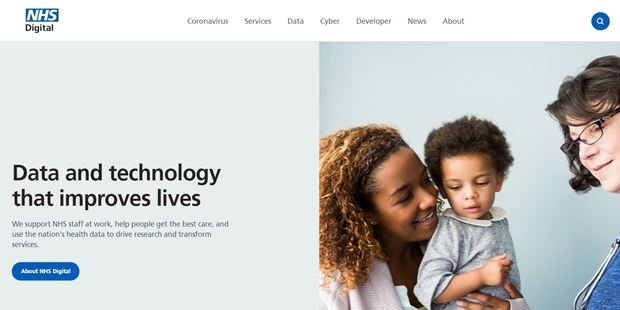6 great employee wellbeing programs (and why they work)
Businesses are beginning to understand that employees value programmes which offer a holistic approach to wellbeing, especially as the divide between work and home life softens. Read on to learn how you can build an effective employee wellbeing programme.











Share